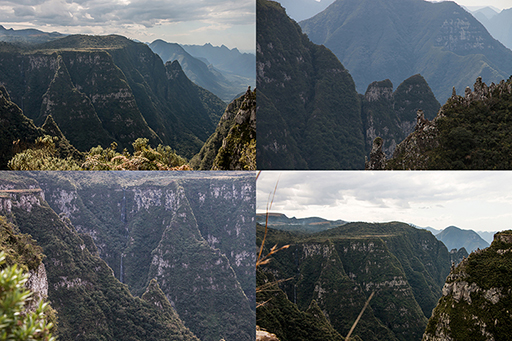ame given to the southern half of the Pangea Supercontinent, comprising the continental masses of South America, Africa, India, Australia, and Antarctica. According to the Continental Drift Theory, proposed in 1912 by the German geologist and meteorologist Alfred Wegener, all the continents today separated by oceans were once united in a single mass (Pangea), from the Late Carboniferous, about 300 million years agos, to the Late Jurassic, about 150 millions years ago, when Laurasia (now North America and Eurasia) separated from Gondwana, which then also divided, in the early Cretaceous.
Weneger pointed out the great similarity of geological structures and plant and animal fossils found in South America and Africa, now separated by the Atlantic Ocean. Glacial deposits in the arid regions of Africa reinforce the Continental Drift Theory. Two geologists contributed academic works which led to the acceptance of the theory: Reinhard Maack, a German based in Curitiba, Paraná, and the South African Alexander Du Toit.

